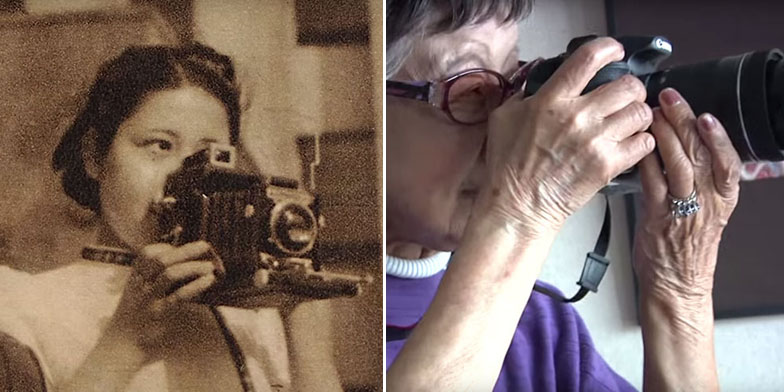Tsuneko Sasamoto, Japan’s first female photo-journalist will be celebrating her 104th birthday on September 2019. But not even the test of time could stop her from doing what she loves. Born in Tokyo, Japan in 1914, she started her career in photography at the age of 25. In more than 75 years of working in the field of photography, Tsuneko Sasamoto was able to capture Japan’s historical moments and cultural milestones in photos. From the Hitler Youth visit in 1940 to the aftermath of the Hiroshima Bombing in 1953, Tsuneko Sasamoto bears witness to these major events.
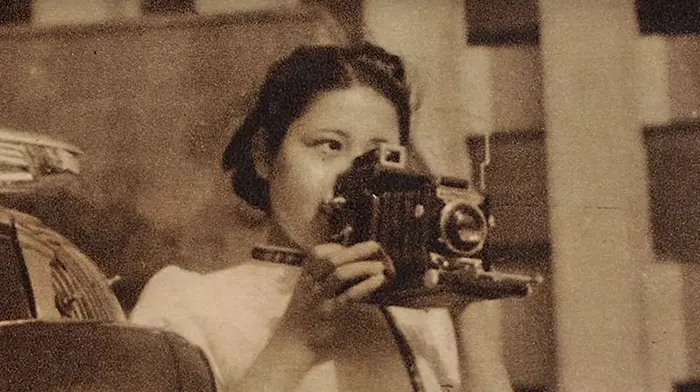
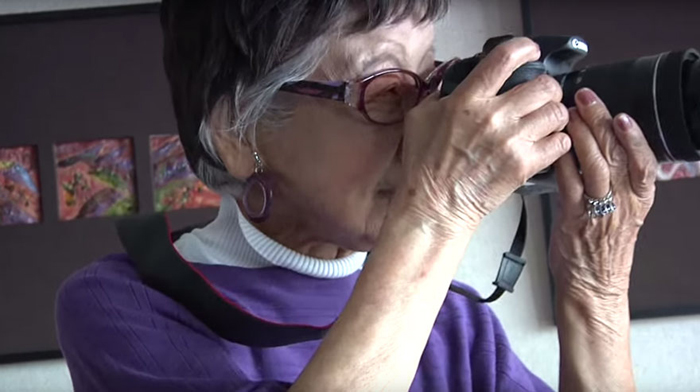
In 2015, she reportedly broke her left hand and both legs which caused her to lost mobility. But despite her age-related injuries, her passion in photography never waned. She underwent rehab to regain her strength. After her recovery, she worked on a project called Hana Akari (Flower Glow) in 2016. In her series of enchanting photographs of various flowers, she dedicated the project to her fellow photographers who have passed away. She chose flowers as her subjects because she wanted to relate each of her friends with them. Furthermore, she wished to convey her appreciation and impression to her deceased friends through the beautiful flowers.
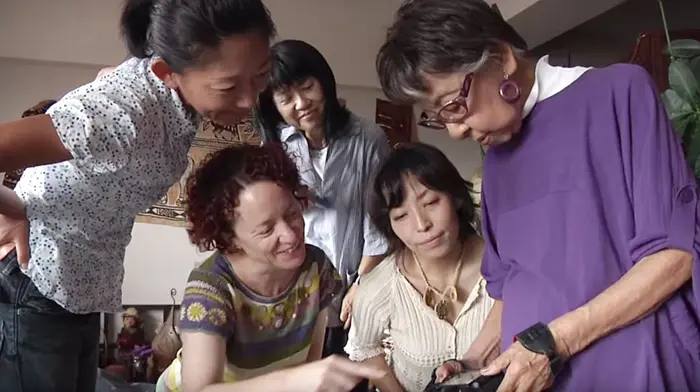
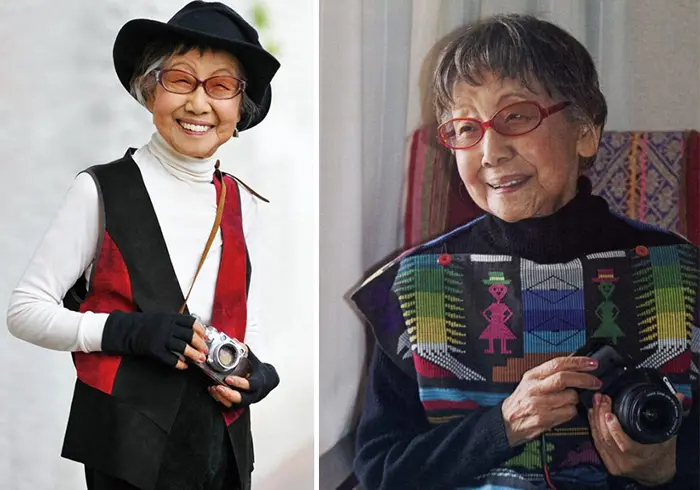
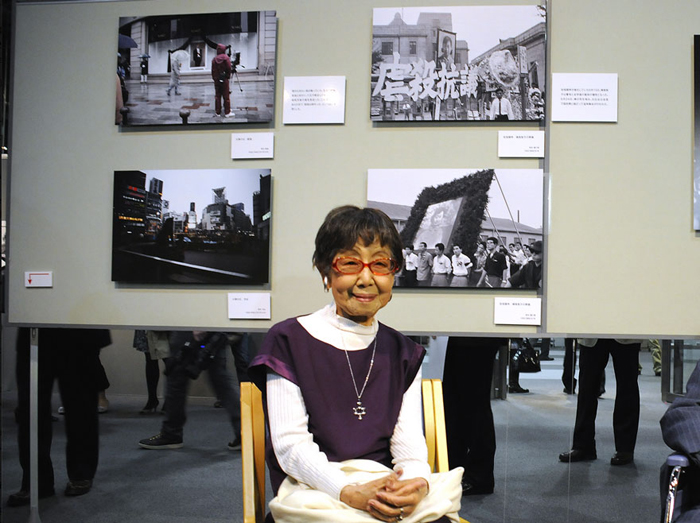
Take a look at some of her marvelous shots of some of the most remarkable events in Japan history.
Dome in Hirosima after bombing, 1953
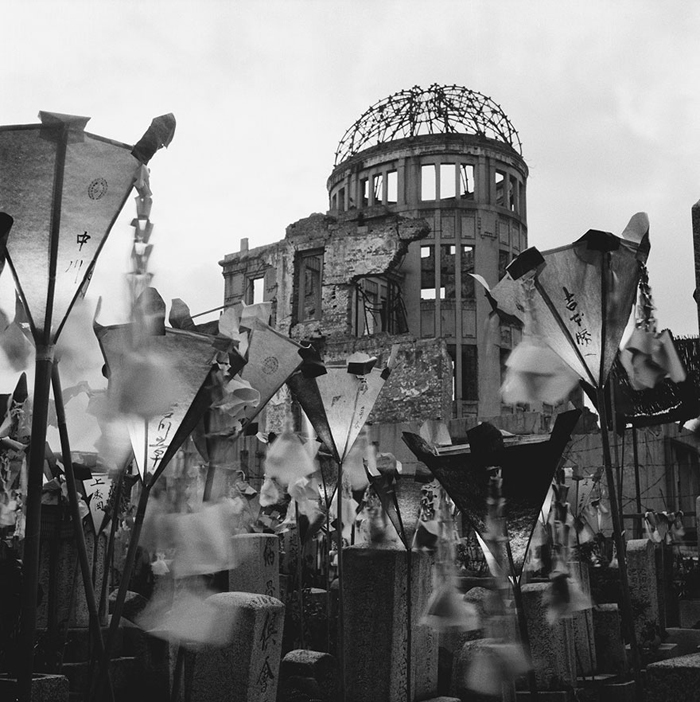
Towards the end of World War II, the US detonated two nuclear bombs over Hiroshima and Nagasaki on August 6 and 9, respectively. The devastating bombing brought the two cities in destruction, killing more than 200,000 people who are mostly civilians.
Geisha School, 1951
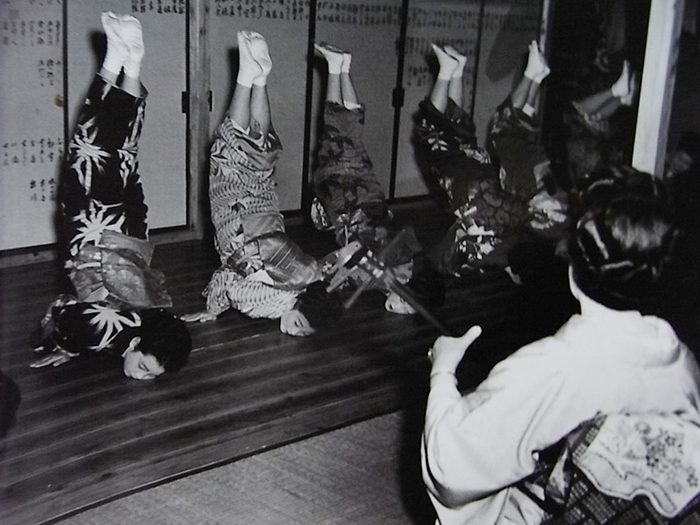
Geisha are Japanese female entertainers who perform traditional dances and songs on stage or in private parties. By 1800, it was considered a female occupation and geisha art was practiced throughout Japan. Traditionally, geisha begin their training at a young age as they’re required to stay in geisha houses as children. There they were trained hard until they become professional entertainers.
Delegation of Hitler Youth who visited Japan in 1940
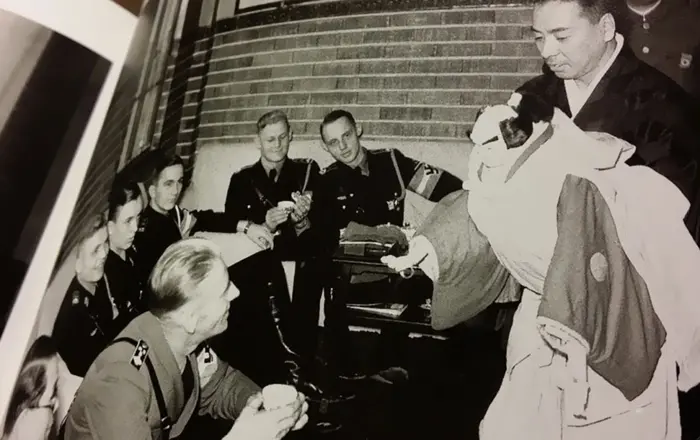
In 1940, Japan allied with Germany and Italy with the signing of the Tripartite Pact in Berlin. The three powerful countries vowed to assist and help one another in times of war. Delegations of the Hitler Youth were sent to Japan to celebrate the country’s 2600th jubilee of its imperial dynasty.
Soho Tokutomi, 1957

Tokutomi Soho was the pen name of Tokutomi Iichiro, the most influential journalist and social critic of modern Japan. This photo was taken in his last years at his villa in Atami where he was under house arrest during the American occupation. Due to the suspicion of the American authorities, the brave journalist was charged as a Class A war criminal.
Antarctic ship Soya, 1956
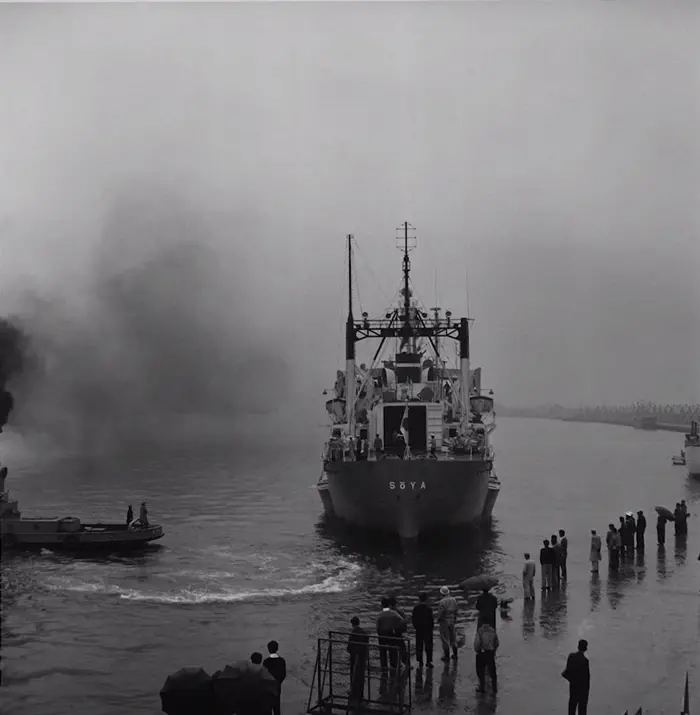
On November 8, 1956, the icebreaker vessel Soya disembarked from the docks of Japan and sailed south for Antarctica. With a team of 53 Japanese crew members and 22 sled dogs, the first voyage went successful as the ship arrived at the coast of Antarctica several months later.
Politician Inejiro Asanuma, 1955
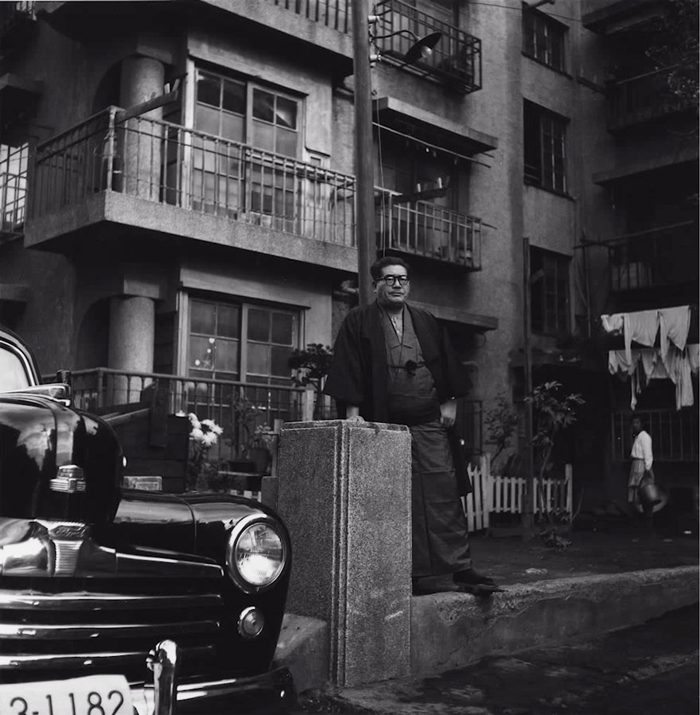
Japanese politician Inejiro Asanuma is known as the leader of the Japan Socialist Party. He stirred quite a lot of controversy in post-war Japan due to his criticism of US authorities while showing support to the Chinese Communist Party. But his assassination in 1960 will go down as the most shocking moment in Japan history. During a televised political debate in Tokyo’s Hibiya Hall, he was attacked by a 17-year-old nationalist Otoya Yamaguchi. While he was giving his speech, Yamaguchi suddenly attacked him onstage, swiftly running a samurai sword through his left side. The fatal wound immediately killed him while the footage of the assassination was broadcasted throughout the nation.
Tsuneko Sasamoto gave an interview to NHK World before her 100th birthday celebration:
In 2011, she published her own photobook that featured her life story and her entire collection of photographs.
Source: Peta Pixel / Zaikei News

